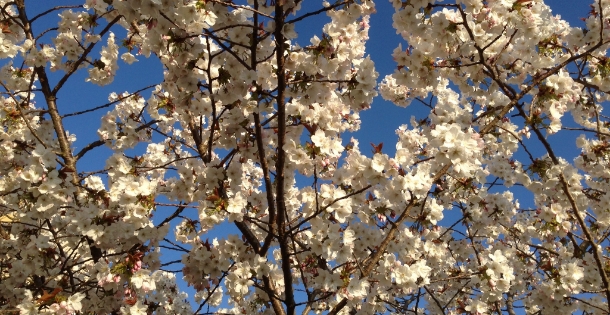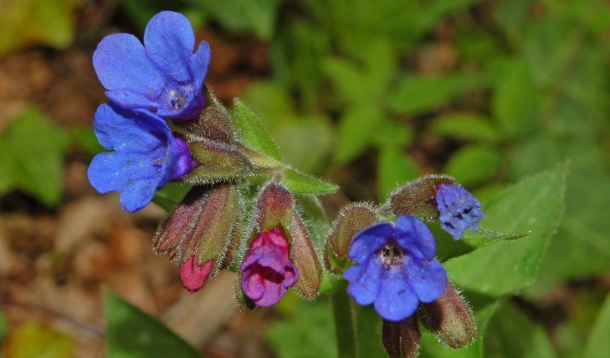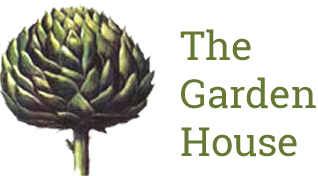We love: early spring flowers
Posted:3 April 2015
With Easter comes the first signs of spring – buds are starting to open and reveal their bright green leaves or soft scented blossoms. The insects have become busy, seeking out food after the long winter and seeds have at last begun to germinate.
Plants to look out for at the moment in the garden are the delicate wild or species tulips these always come back reliably and often self-seed throughout the beds. Next year they are going to be the ‘must haves’ when we look at the bulb catalogues!
These tulips may have smaller flowers but they are still among the best for value as many of them are reliably perennial in the garden often spreading to form large displays. The earliest flowering species Tulip humils and Tulipa turkestanica start in late February whist Tulipa sprengeri is the last tulip to flower in late May.
Lamium orvala is another early spring favourite. It’s a wonderful plant with spikes of large, velvety purplish pink hooded flowers, like those of the wild dead nettle. Each whorl of flowers in divided by large, heart-shaped mid green leaves. A spring delight that thrives in part shade in well-drained soil and will give flowers through to June.

Prunus Tai-Haku, the most lovely of early flowering cherry trees has blossoms usually about 2in across that are at least double the size of the average cherry blossom huge, pure white, straight-edged flowers. An ancient Japanese tree, sometimes called the great white cherry, it had become extinct in Japan, but has been revived from a single specimen found in a Sussex garden.
This tree grows well on chalk and has amazing autumn colour – it’s leaves turning yellow and orange. It is suitable for a smallish garden, although it’s spread is more than it’s height – and dont plant too close to paving, cherries are shallow-rooting trees and will cause havoc with foundations and paths if planted too close. Suckers may form at the union with the grafted plant. These are clearly visible about 6in above the soil level and need to be removed.

Also out at the moment in The Garden House garden are clumps of pure white bleeding heart, Dicentra spectabilis Alba; arching wands of Solomons seal; and, growing under trees, the bright blue flowers of Brunnera and Pulmonaria ‘Sissinghurst White’ (the best cultivar to my mind).
And finally the delightful Epimedium, which has the most delicate of flowers, visible high above the leaves of this aptly named ‘Bishop’s mitre’. Look closely at the flowers and you will then see why it is related to Berberis and Mahonia – strange but true!

